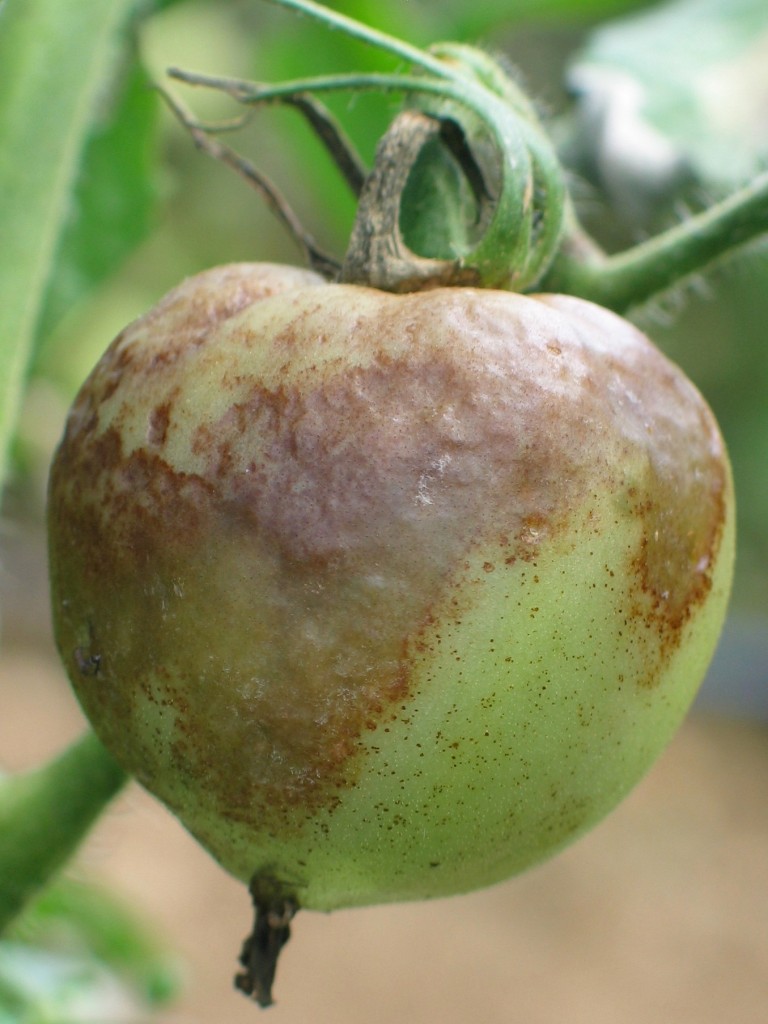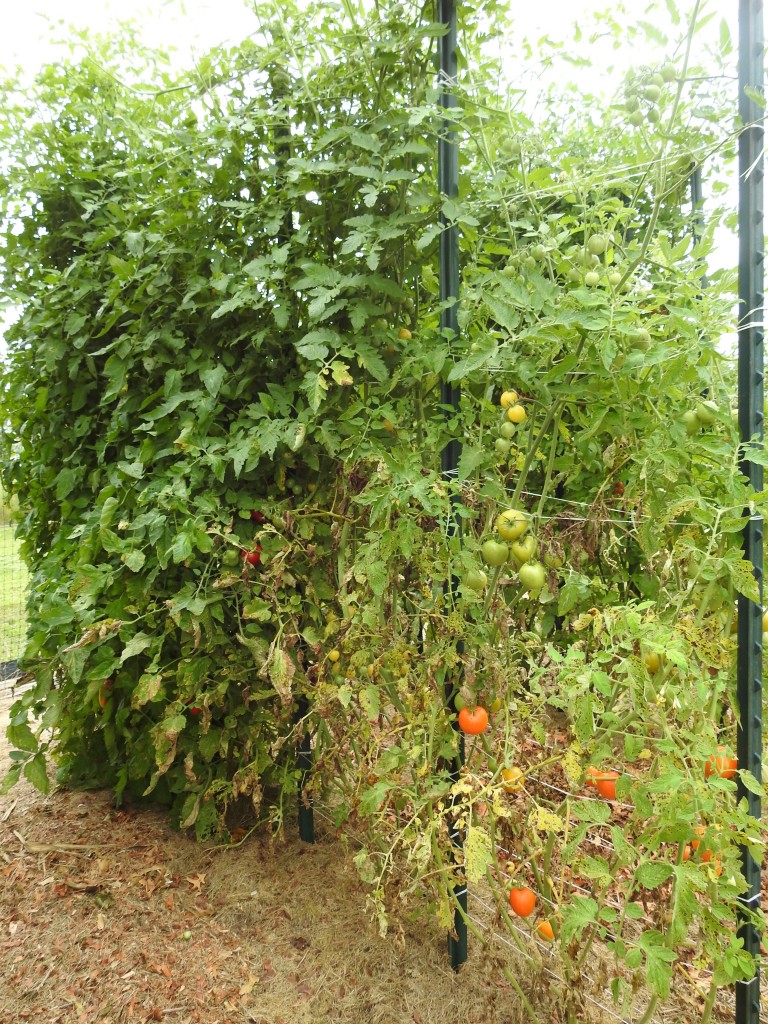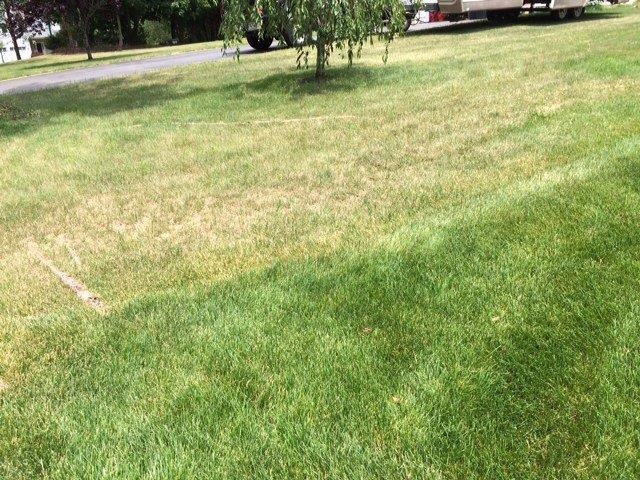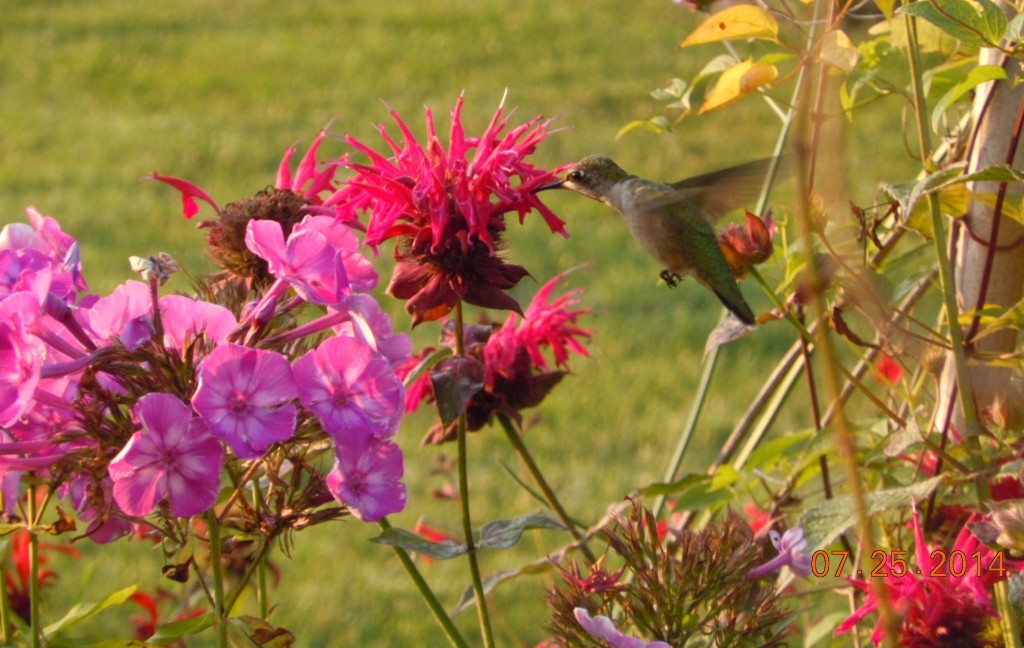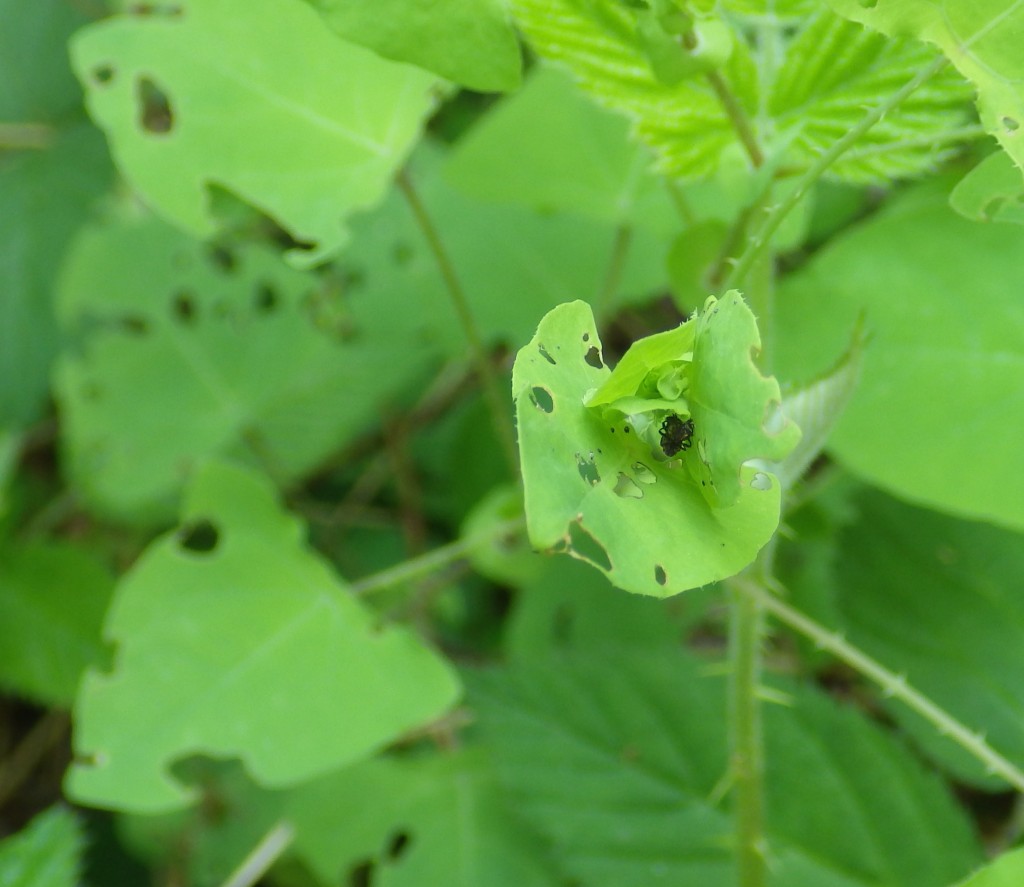CCE Suffolk trains Master Gardener Volunteers to provide the public with gardening programs and activities that draw on the horticultural research and experience of Cornell University. MG Volunteers receive research-based instruction and are kept up-to-date through continual exposure to the latest developments in environmental horticulture. In return, they agree to share their knowledge with neighbors by volunteering to do community service. After completing the training course and volunteering for 125 hours, they become certified as CCE Suffolk MG Volunteers. Suffolk County’s MG Volunteer Program, along with similar programs in other counties in New York State, is directly linked to Cornell University as part of its National Land-Grant College charter. This tie to Cornell provides MG Volunteers with state-of-the-art gardening knowledge.
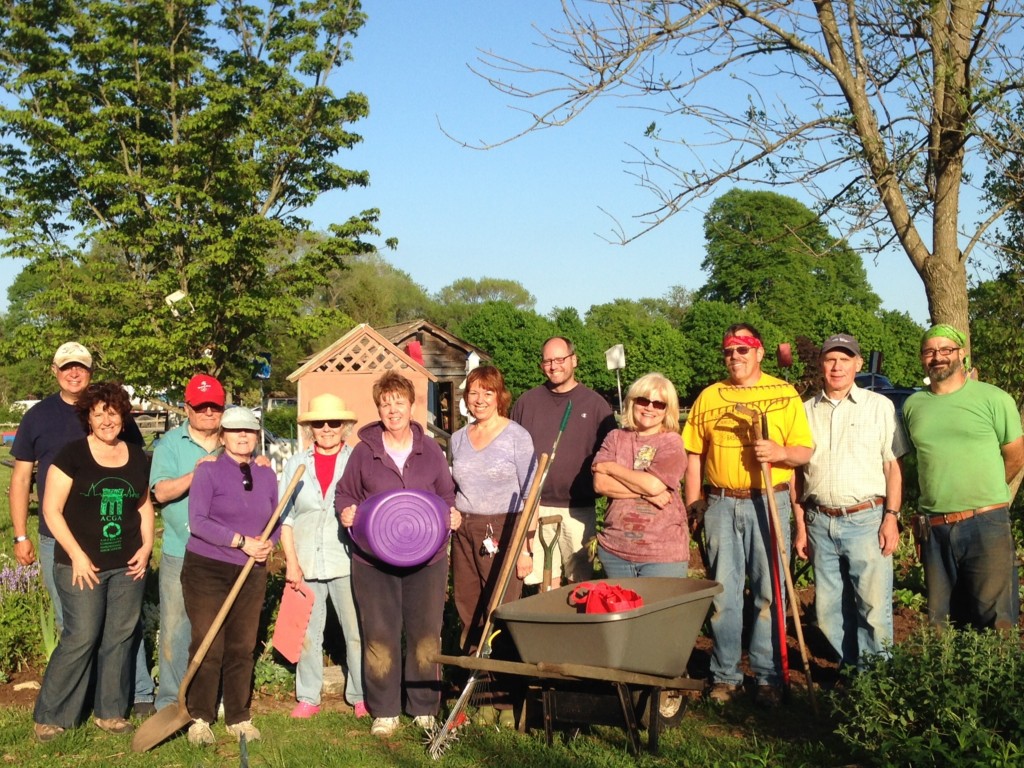
A happy tribe of Master Gardener Volunteers keeps the Children’s Garden growing at Suffolk County Farm.
Anyone who enjoys gardening and has a desire to share knowledge and skills in their community can apply by October 31, 2015 to become a MG Volunteer. Every year hundreds of these service-minded folks from Suffolk County do the following:
- Organize a Spring Gardening School for the public, including workshops, exhibits, and a plant sale
- Table with gardening information at community events
- Cultivate the land and teach youth at the Children’s Garden at Suffolk County Farm
- Design and help maintain community beautification projects, demonstration gardens, community gardens, and school gardens
- Offer gardening talks and classes at public libraries, schools, and for interested groups
- Create and participate in programs for senior citizens, youth, and the physically and mentally challenged
- Teach the proper care of lawns, shrubs, trees, and flowers, and how to grow fruits and vegetables
- Install exhibits and provide gardening information at flower shows and events such as the Suffolk County Farm PumpkinFest and the Bayard Cutting Arboretum Fall Harvest Festival
The next training course for new MG Volunteers will be held in 2016, beginning February 3 and ending June 29. We are revising the curriculum and weekly schedule to provide more hands-on training and make it accessible to people who work Monday through Friday. Starting February 3, weekly Wednesday evening lectures will be held 5:30-8:30 p.m. at CCE Suffolk, 423 Griffing Avenue in Riverhead. Starting April 2, Saturday morning classes will also be held 9:00 a.m.-noon in the field (weather permitting) every other week at various locations from Amityville to Riverhead until the course ends June 29.
The cost of this comprehensive gardening course remains $375 with an additional $125 deposit, refunded upon completion of 125 hours of volunteer service. Download an application here. For more information, please call or email me soon; the deadline is October 31.
Robin Simmen is Community Horticulture Specialist for CCE Suffolk. She can be reached at rls63@cornell.edu or at 631-727-7850 x215.

